Every autumn, walnut makes itself known. Its numerous, substantial seeds cover the ground.
These green, lime shaped spheres hanging from the tree are its seeds - heavy nuts with a thick rind. Black walnut, or Julans nigra is one of the dominant trees of the eastern forests of North America. Like its European counterpart, the English walnut or Persian walnut, it has an edible nut inside a greenish husk.
Without a doubt, one of the favourites of those that have strong enough teeth to crack the nut's thick shell. European walnuts can be cracked with a good strength hand pressing into one's own palm. With black walnuts, anything less than a striking it with hammer or stone is not likely to work. As well, the green husk of the walnut can stain your hands yellow-brown, due to a very powerful natural dye known as juglone contained within. Some animals like squirrels have naturally adapted to eat almost anything, including chewing through these nuts and leaving many empty shells at the base of the tree.
Black walnut is a full-sized forest tree, growing regularly to 30-40 meters and even taller in exceptional specimens. The bark is generally grayish-brown with thin interlocking ridges that form a diamond pattern. Often a large tree in the eastern forests of Canada can approach 1m in diameter. The largest tree of this species however, is grown outside of its range in Oregon on the west coast of North America. It has a diameter of 2.6m, is 34m tall and has a crown spread of 44m.
It has compound leaves, 30-60 cm long with 15-23 leaflets. Generally the largest leaves are in the middle and they tend to be a lighter shade of green towards the tip. The leaves filter the afternoon sunlight, giving a very nice effect - like venetian blinds. The trees grow tall and straight, with exceptionally dense dark wood used for many different fine woodworking applications. Often fully grown trees will be devoid of branches until the top half of the tree.
Black walnuts grow readily in most types of soils, but prefer fertile bottomlands near a source of water such as a flood plain with sandy loam soil. However they also will grow on top of a grassy hilltop dry site, but at a slower pace. It will be most often found in areas where it has full sun exposure, as it is not a shade-tolerant tree. Expect to find black cherry, oaks, hickory and beeches growing alongside black walnut - one of the biggest hardwood trees of Canada.
Altogether, the Black walnut is one of the keystone species of the eastern forests. It provides a reliable source of food to woodland creatures every fall, shade in the dog days of summer, and even sap in the spring that can be used as a syrup (really!). Certainly a tree worth being familiar with.
Bonus video: Black walnut harvest in the ozarks
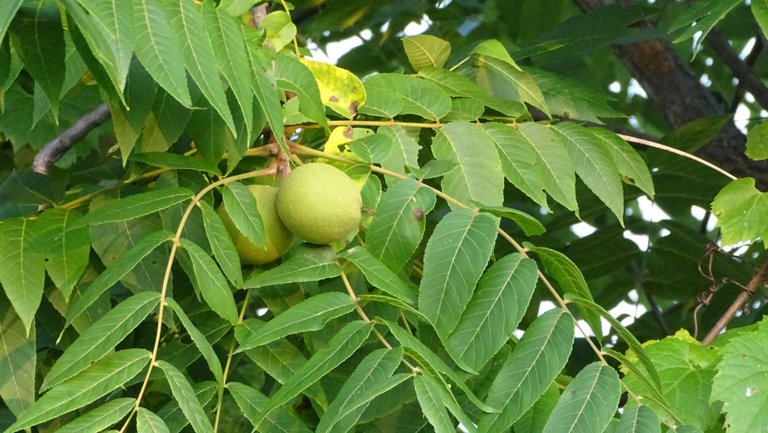
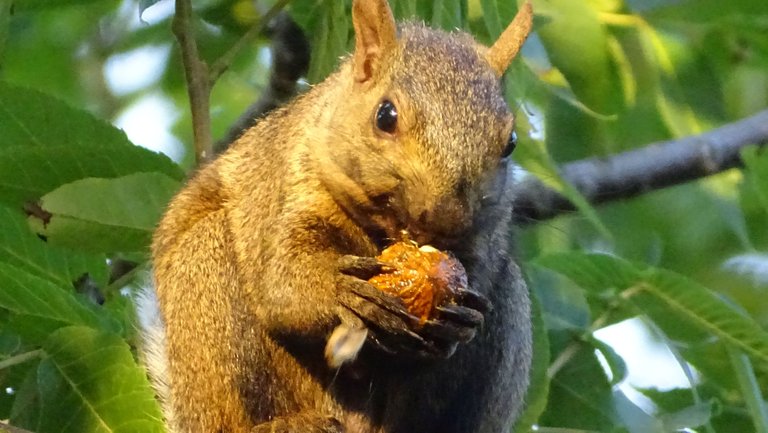
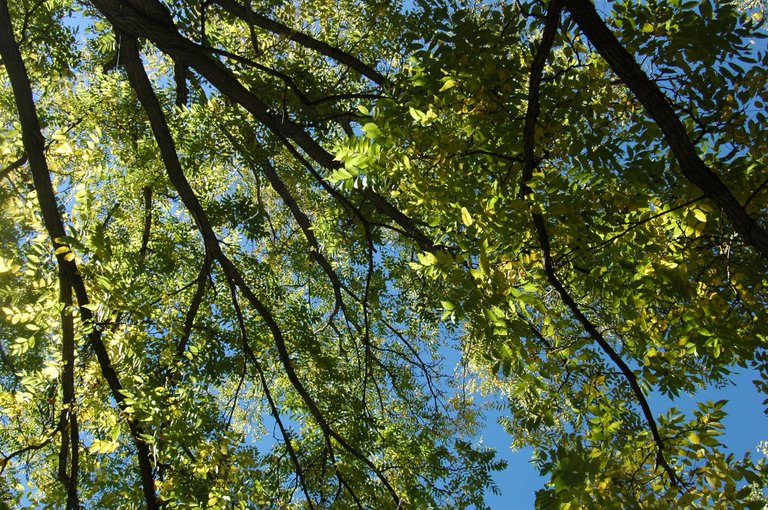
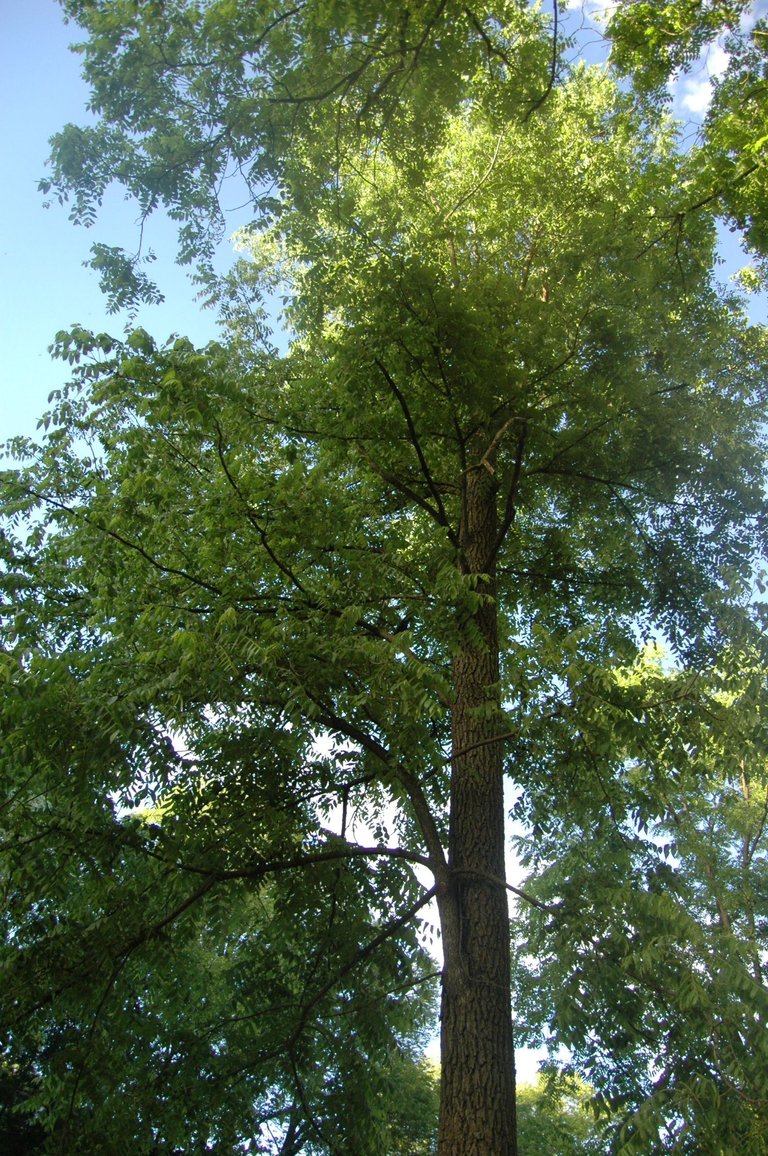
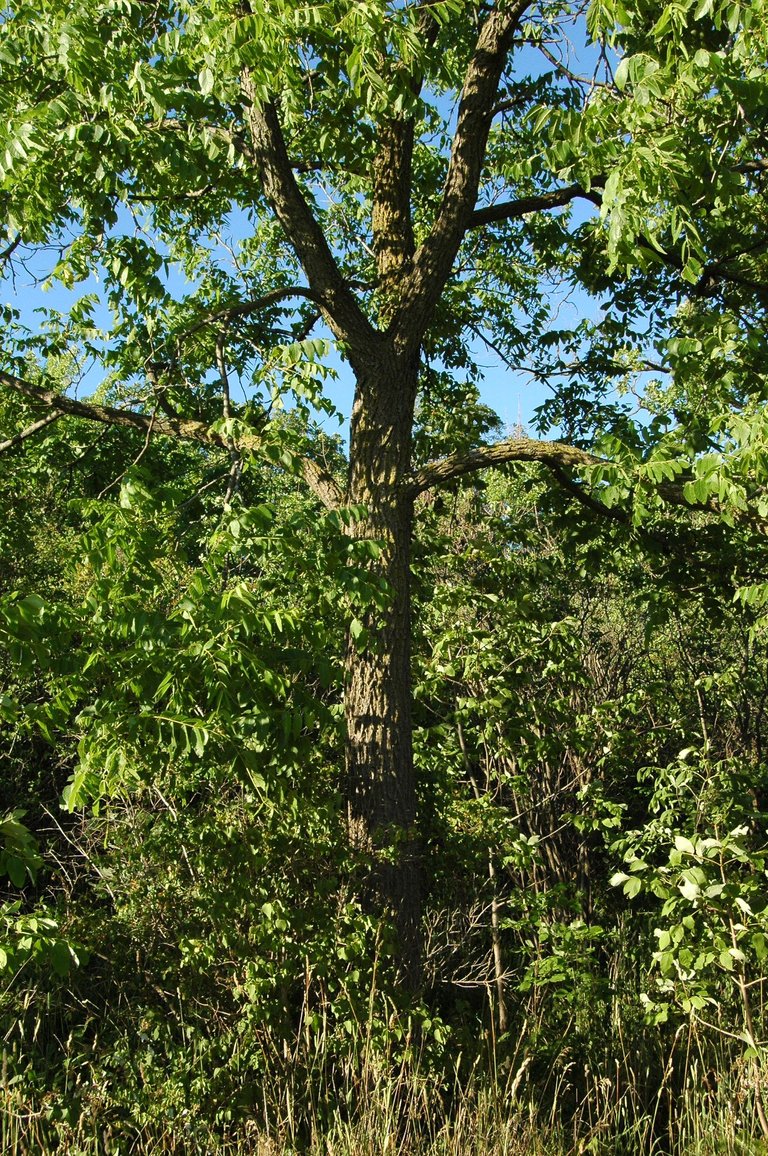
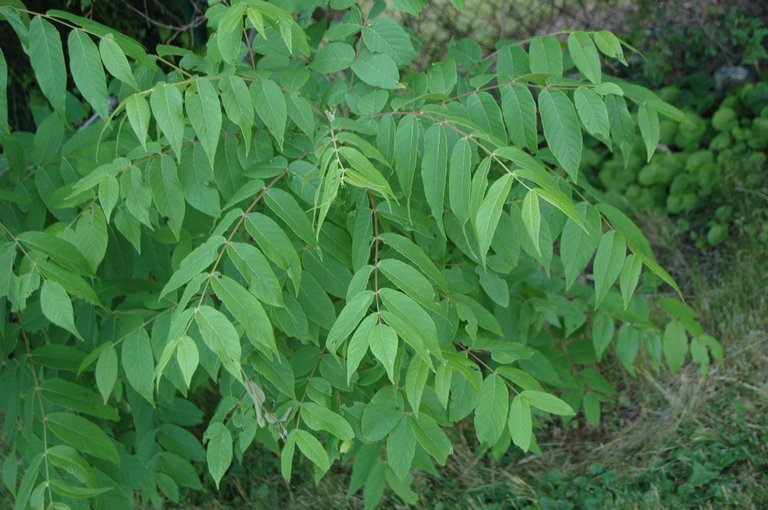
wow,very nice place